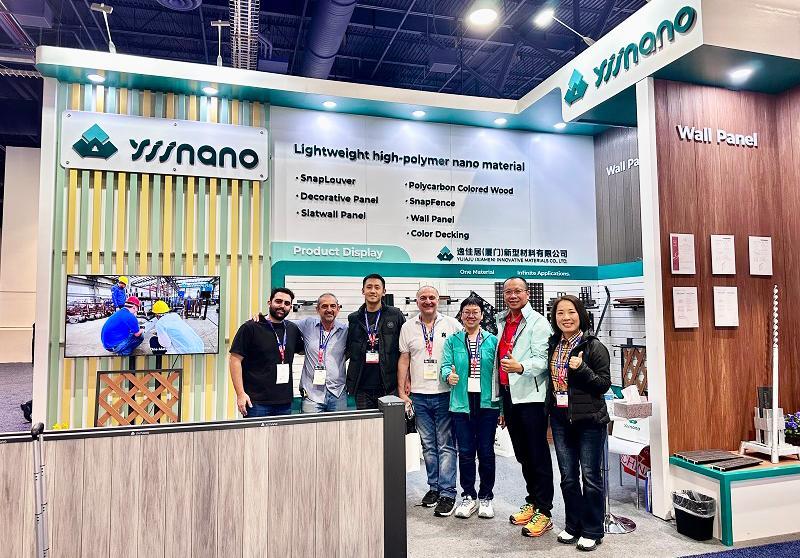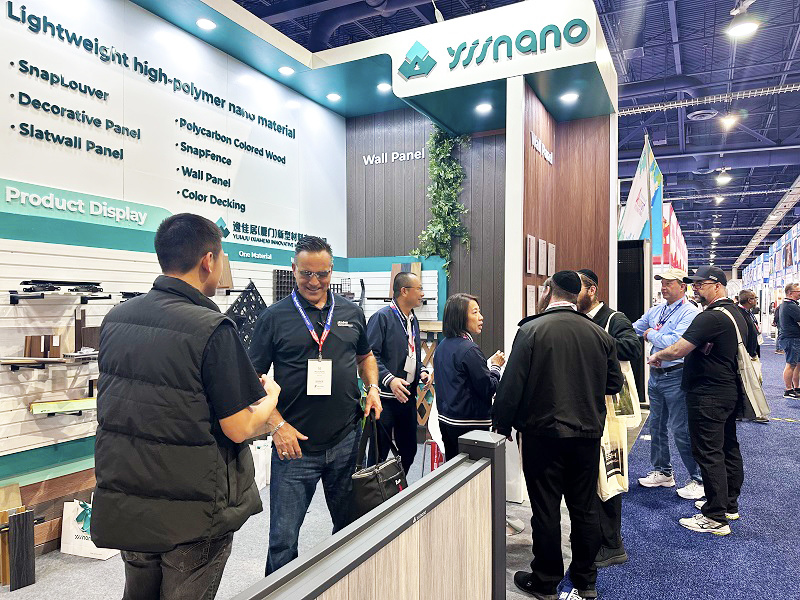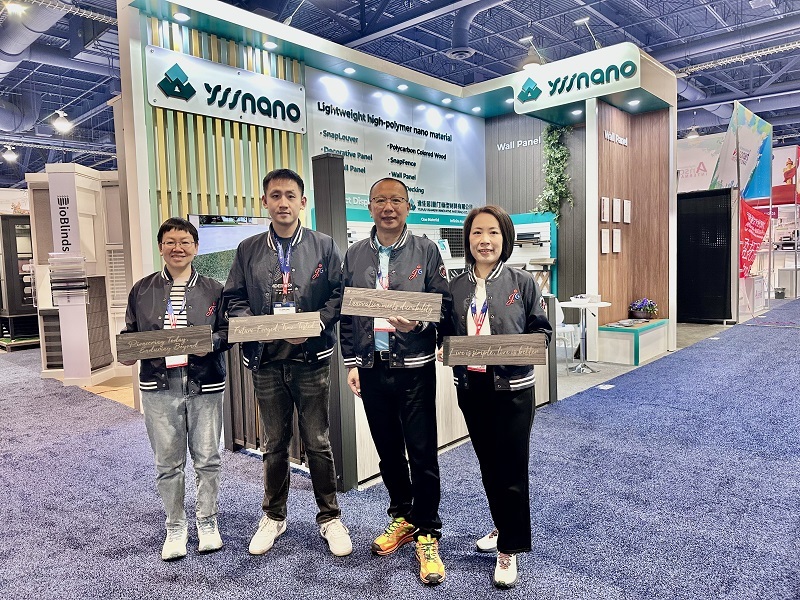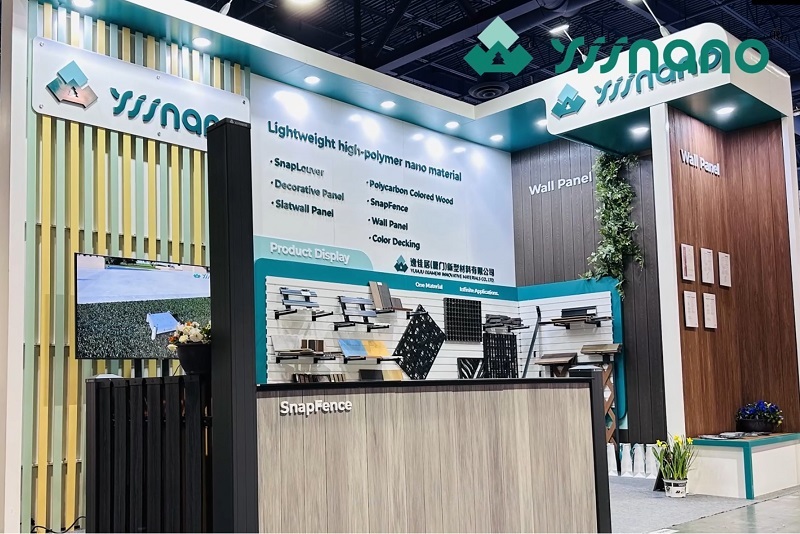Architectural Sunshades As A Decorative Element.
Release time:
2021-08-25
Source:
yjjnano
With the rise of "sunshade aesthetics," excellent architectural sunshade designs not only enhance energy efficiency but also bring more creative and artistic effects to the building's facade.
YJJNANO innovative lightweight high-polymer nano louvers effectively prevent outdoor heat from entering indoors, providing energy-saving and thermal insulation benefits. Simultaneously, they enhance the quality of interior natural lighting and privacy. When viewed from the inside, they function as a "veil," adding a layer of filtration to the landscape's natural environment.
The design with modular assembly allows for easy removal of the louvers in the event of a disaster, facilitating evacuation from the scene. Later, damaged louvers can be individually replaced based on their location.
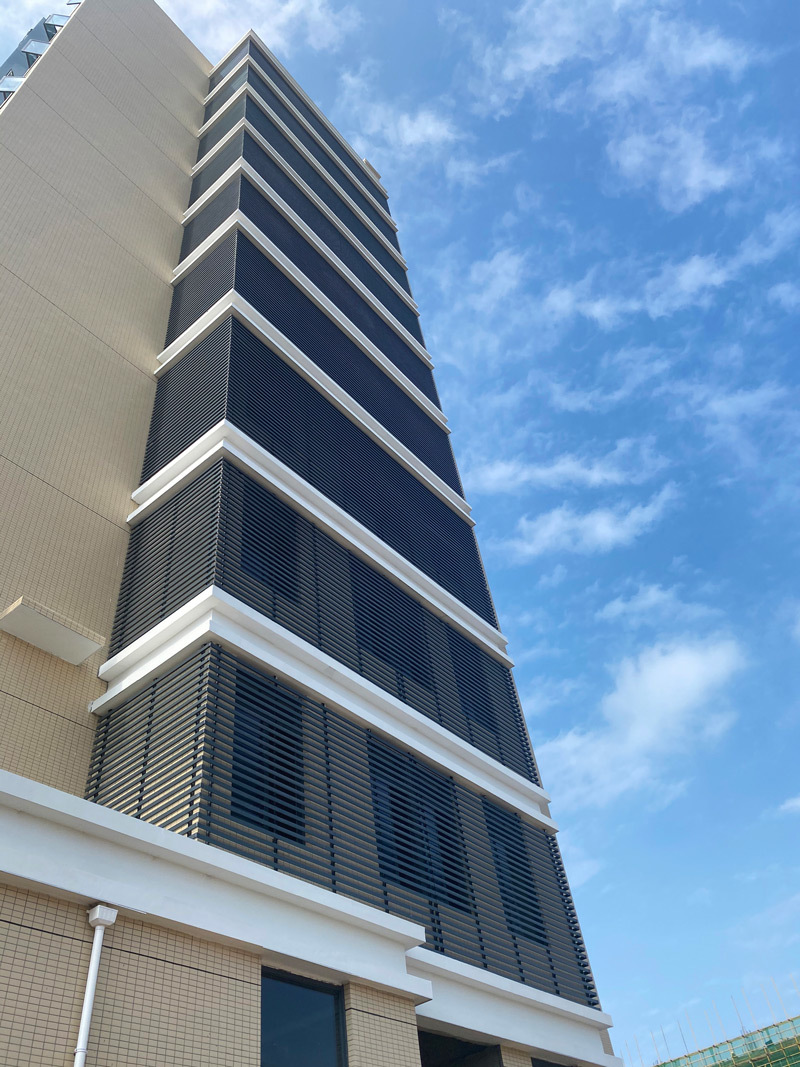
The perfect integration with glass curtain walls creates artistic lighting and shadow effects. Using a grid-based sunshade design approach in various parts of the glass curtain wall, the interplay of light and shadow enhances a sense of order and stability, reducing glare indoors and creating a comfortable space.
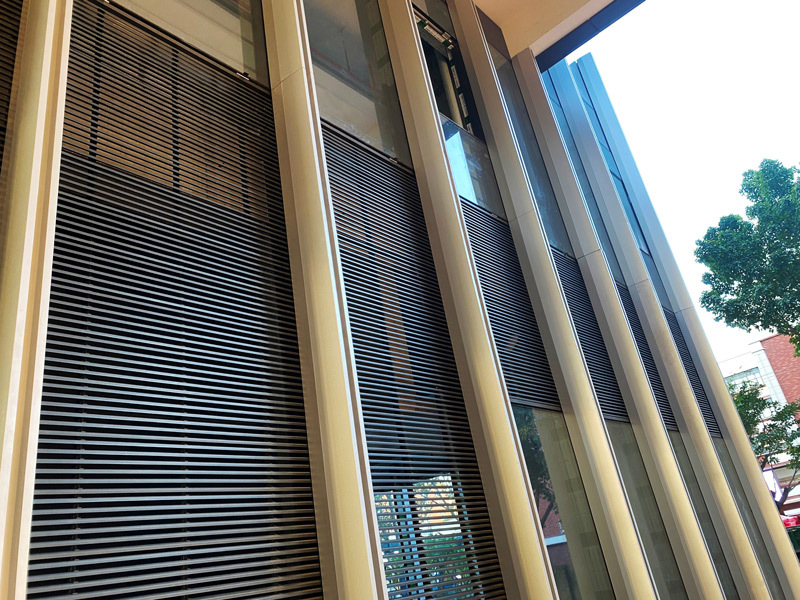
Architectural sunshade component design should incorporate organized and regular variations and repetitions to provide a sense of rhythm and cadence. The combination of innovated lightweight high-polymer nano louvers with decorative borders presents a rich and varied aesthetic rhythm.
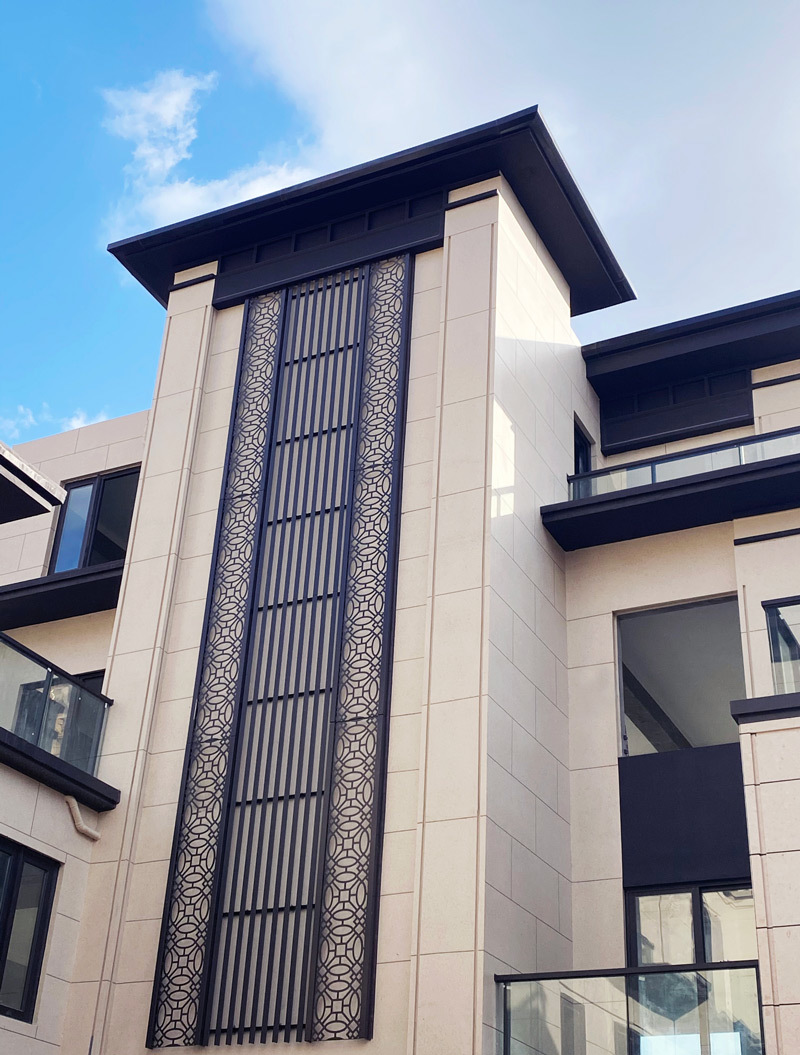
Perfectly integrated with natural, social, and cultural factors, and after years of refinement, it demonstrates exceptional resistance to UV, corrosion, and aging. This addresses the issues of aging and maintenance that are often associated with traditional grids.
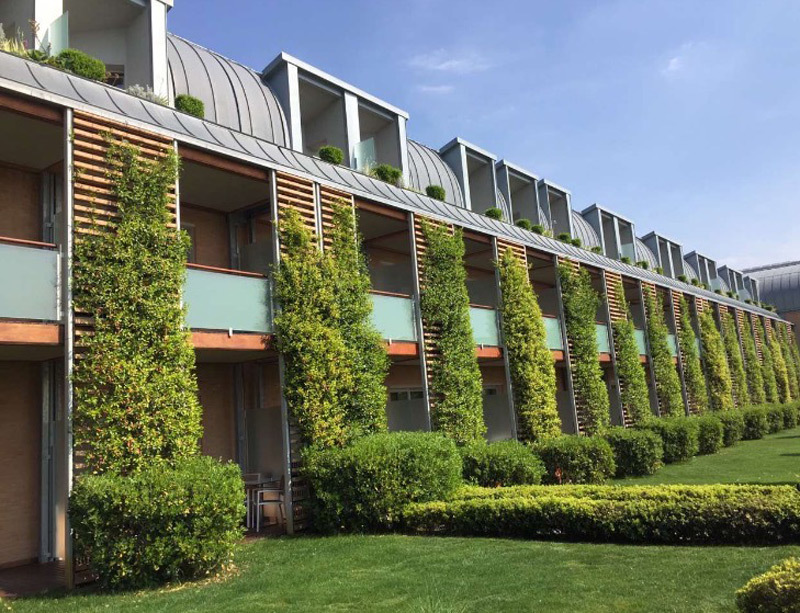
In summary, YJJNANO innovated lightweight high-polymer nano louvers are considered energy-efficient, environmentally friendly, and green materials. They provide effective shading while achieving a high standard of quality, aesthetics, and durability. The future trend in architectural sunshading will undoubtedly be the seamless integration of energy efficiency and architectural aesthetics, as both complement each other to achieve the perfect balance between sunshading and facade aesthetics.
Previous Page



